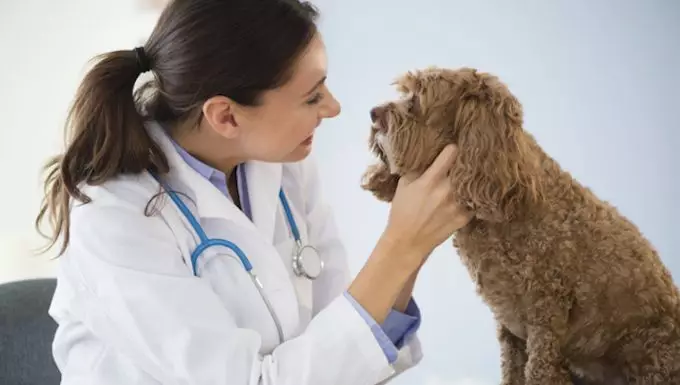Mouth cancer is a significant health threat in dogs, characterized by the abnormal growth of tissue in the oral cavity. While the specificity of the underlying cause remains ambiguous, it predominantly impacts middle-aged and older dogs. The medical community refers to this condition as ameloblastoma, a term that highlights the tumor’s origin from dental tissue. Early detection and intervention are crucial, making it imperative for dog owners to recognize the signs that warrant veterinary attention.
Canine oral cancers manifest through a limited array of symptoms, emphasizing the importance of vigilant observation by dog owners. Common indicators include noticeable swelling in the mouth, difficulty in eating or chewing, and odorous breath. Some dogs may exhibit excessive drooling or show signs of pain when their mouth is touched. Prompt recognition of these symptoms can lead to timely veterinary consultation, which is critical for an accurate diagnosis and effective treatment.
Despite extensive research, the specific causes of mouth cancer in dogs remain largely idiopathic, meaning they are not fully understood. However, several contributing factors have been identified. Genetic predisposition plays a significant role, as certain breeds may be more susceptible to developing oral tumors. Environmental factors, including exposure to carcinogenic substances, and viral infections have also been implicated in the onset of the disease. Older dogs, particularly those aged seven years or more, are at greater risk, highlighting the need for routine dental check-ups as dogs age.
Upon suspecting mouth cancer, a veterinarian will initiate a comprehensive diagnostic procedure. This begins with a thorough inquiry into the dog’s symptoms and medical background. The vet will consider breed-specific health issues and will perform a physical examination focusing on the oral cavity. To further ascertain the diagnosis, blood and urine analyses are often conducted. Advanced imaging techniques like X-rays and CT scans might be employed to assess the extent of tissue involvement, and a definitive diagnosis typically requires a deep tissue biopsy. This process is crucial for distinguishing mouth cancer from other oral health problems.
Treatment for oral cancer in dogs primarily revolves around surgical intervention to remove the tumor. In some cases, radiation therapy may be required to address remaining cancerous cells, especially if surgical margins are not clear. Postoperative care is essential for recovery. Ensuring a tranquil environment is vital, as stress-free conditions foster healing. Dietary adjustments may also be necessary; veterinarians will formulate a specialized diet to support the dog during their recovery process, accommodating any changes in eating habits due to the surgery.
Being informed and vigilant is critical for dog owners faced with the specter of mouth cancer in their pets. Recognizing symptoms early and seeking veterinary care can greatly enhance the likelihood of successful treatment. Sharing experiences with other dog owners can provide additional support during this challenging time, helping to navigate both the emotional and practical aspects of caring for a dog with mouth cancer. Remember, ongoing communication with veterinary professionals is key to ensuring your dog’s health and well-being.

